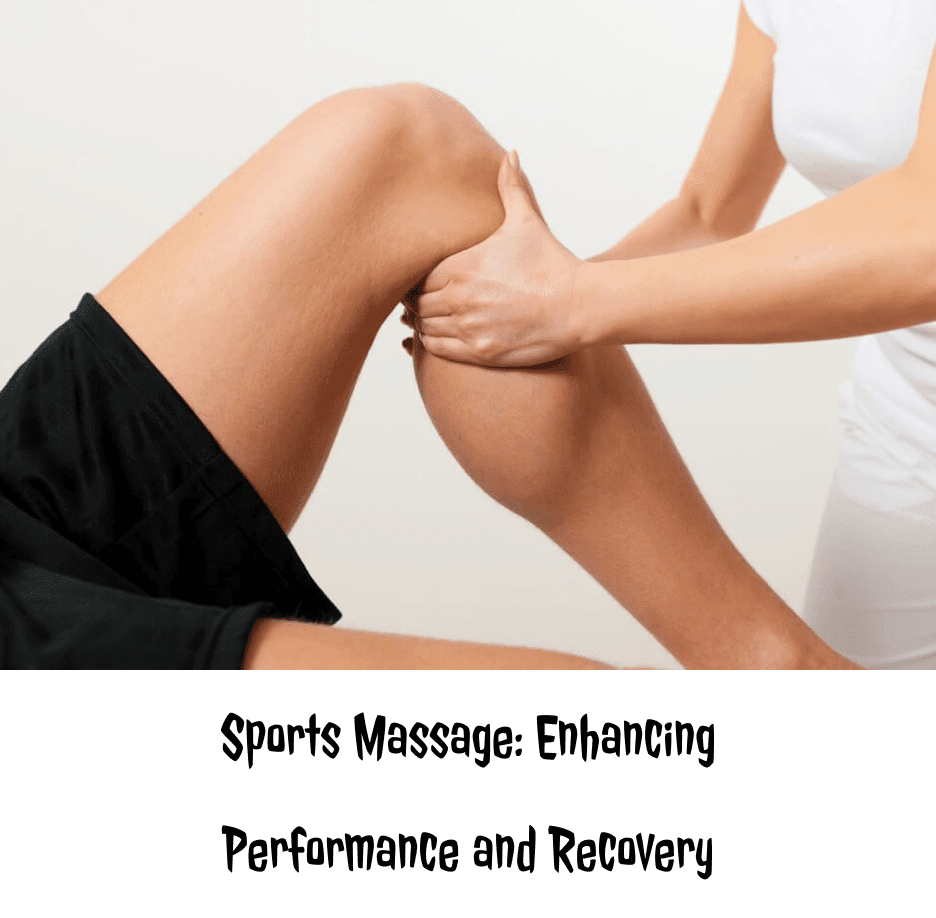Sports Massage

Sports massage has emerged as a fundamental component in optimizing athletic performance and expediting post-exercise recovery. Its specialized techniques cater to the unique needs of athletes, aiding in the prevention of injuries, promoting flexibility, and facilitating faster recuperation.
Understanding the Essence of Sports Massage
Sports massage is a targeted therapeutic approach designed specifically for individuals engaged in athletic activities. Unlike traditional massages, this modality integrates various techniques to address the dynamic demands of sports-related stress, strain, and physical exertion. It focuses on manipulating soft tissues to alleviate muscle tension, enhance flexibility, and expedite recovery.
Differentiating Sports Massage Techniques
Effleurage and Petrissage
Effleurage involves gentle, gliding strokes that aim to warm up the muscles, increase blood flow, and prepare the body for deeper massage techniques. Conversely, petrissage employs kneading motions to target deeper layers of tissue, aiding in the release of muscle knots and tension.
Friction and Tapotement
Friction involves firm, circular movements applied to specific areas, assisting in the breakdown of scar tissue and adhesions. Tapotement, characterized by rhythmic tapping, helps stimulate the muscles, improving circulation and promoting relaxation.
Trigger Point Therapy
Trigger point therapy focuses on identifying and releasing trigger points, which are localized areas of muscle tightness or irritation. This technique aims to alleviate pain, enhance range of motion, and restore muscle function.
Benefits of Sports Massage for Athletes
Injury Prevention and Rehabilitation
Sports massage plays a pivotal role in preventing injuries by addressing muscular imbalances, enhancing flexibility, and promoting proper biomechanics. Moreover, it aids in the rehabilitation process by accelerating tissue repair and reducing recovery time post-injury.
Performance Enhancement
By facilitating increased blood circulation and lymphatic drainage, sports massage helps athletes experience improved performance. Enhanced flexibility, reduced muscle soreness, and heightened relaxation contribute to optimal physical condition for peak performance.
Post-Event Recovery
After intense athletic endeavors, sports massage aids in the removal of metabolic waste products, such as lactic acid, from the muscles. This process expedites recovery, reduces soreness and fatigue, and enables athletes to resume training sooner.
Incorporating Sports Massage in Training Regimens
Pre-Event Preparation
Before engaging in sporting events, athletes benefit from sports massage sessions that focus on warming up muscles, enhancing circulation, and promoting mental preparedness. This pre-event preparation primes the body for optimal performance while minimizing the risk of injury.
Inter-Event Maintenance
For athletes participating in multi-day competitions or training sessions, regular sports massage sessions between events are invaluable. These sessions aid in preventing muscle fatigue, maintaining flexibility, and supporting ongoing performance.
Post-Event Recovery
After completing an athletic event, immediate post-event sports massage is beneficial for expediting recovery. It assists in reducing muscle soreness, promoting relaxation, and accelerating the body’s natural healing processes.
Conclusion
Sports massage stands as an indispensable component in the toolkit of athletes, contributing significantly to injury prevention, performance enhancement, and expedited recovery. Its tailored techniques and targeted approach cater specifically to the unique needs of individuals engaged in sporting activities.
